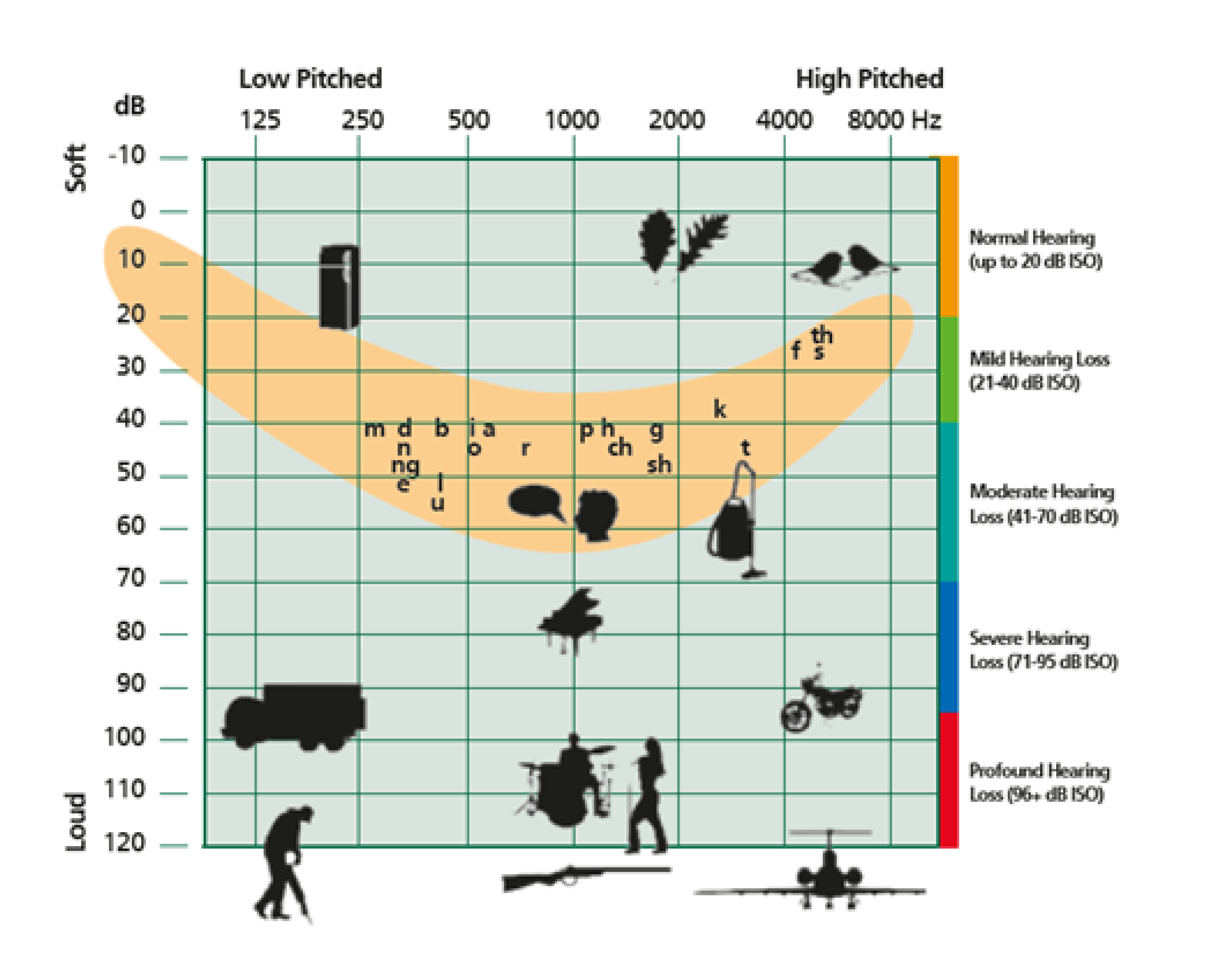Moving from child to adult audiology services
Information for patients from the Audiology Department
What can I expect from my first appointment with the adult service?
Your first adult service appointment is very much tailored to the individual. It will include the following.
A discussion about your current hearing needs and hearing aids.
What your plans are for the next few years. For example, are you going to university or starting work? How might these plans change your hearing needs?
Depending on the date of your last hearing test with child services, this first appointment may include a hearing test.
How often will my hearing be reviewed?
This is up to you. We can either:
agree how often you would like to be reviewed, or
you can contact us if you need help or an appointment.
Will I need to upgrade my child hearing aid?
The hearing aid(s) used by adult services may not be the same model of hearing aid that you are currently wearing. This means that at some point your aid will have to be exchanged for one that can be supported by the adult team in the long-term.
Can I have a coloured hearing aid(s)?
Yes, you can ask for a coloured hearing aid. If your hearing aid breaks down, we may offer you a replacement ‘beige’ coloured hearing aid, if your preferred coloured hearing aid is not in stock.
How often should I get my ear mould(s) checked?
It is still important that you get your moulds checked every 1 to 2 years. You may need a replacement made to maximise the sound quality of the aid and minimise feedback.
Coloured moulds are not automatically offered by the department. However, you can ask for both coloured moulds and glitter moulds.
Do I still need to replace my ear mould retubing?
Yes. Continue to replace your ear mould tubing every 4 to 6 months. This will minimise the distortion of sound caused by hardened tubing.
If you wish to retube your own moulds, the adult audiology service will provide you with tubing and advice. If not, they will be happy to retube the aids for you.
Where can I get batteries from?
You can collect batteries from your nearest main hospital, and some community-based centres. Please ask your audiologist for opening dates and times.
You can also email or telephone us and we will post batteries to you.
When are my ear fittings replaced?
We may need to replace the tube or moulds every 6 to 12 months, if you have:
a BTE (behind the ear) with an ear mould, or
a RIC (receiver in the canal) hearing aid with a moulded tip.
We will supply replacements, and you ask for more as needed.
When will I get the results of my hearing tests and report?
If you want to see your results or need further information, please ask your audiologist.
The audiogram below will help you get a general view about specific speech and environmental sounds.
From top to bottom, you can see that sounds are getting louder.
From left to right, the frequency of each sound is getting higher in pitch.

The "Speech Banana" is a very useful tool for describing where the sounds and phonemes used in everyday human speech occur on an audiogram. When mapped out on an audiogram, these phonemes and their frequencies show a banana-like shape. This is where the term "Speech Banana" comes from.
Hearing loss in those frequencies can affect a person's ability to hear and process words and speech. This gets worse as we go down the audiogram.
Contact details
If you have any questions or concerns about moving from child to adult services, please contact us.
Audiology Department, Kent and Canterbury Hospital
Ethelbert Road
Canterbury
CT1 3NG
Telephone: 01227 864252
Email
Web
Further information
Colleges and universities
Many colleges and universities will have their own accessibility advice and support team. This team will provide advice, information, and assistive learning and listening devices.Kent County Council: sensory support for children and young people
Relay UK: Helping people with hearing and speech difficulties communicate with anyone over the phone, using the national relay service.